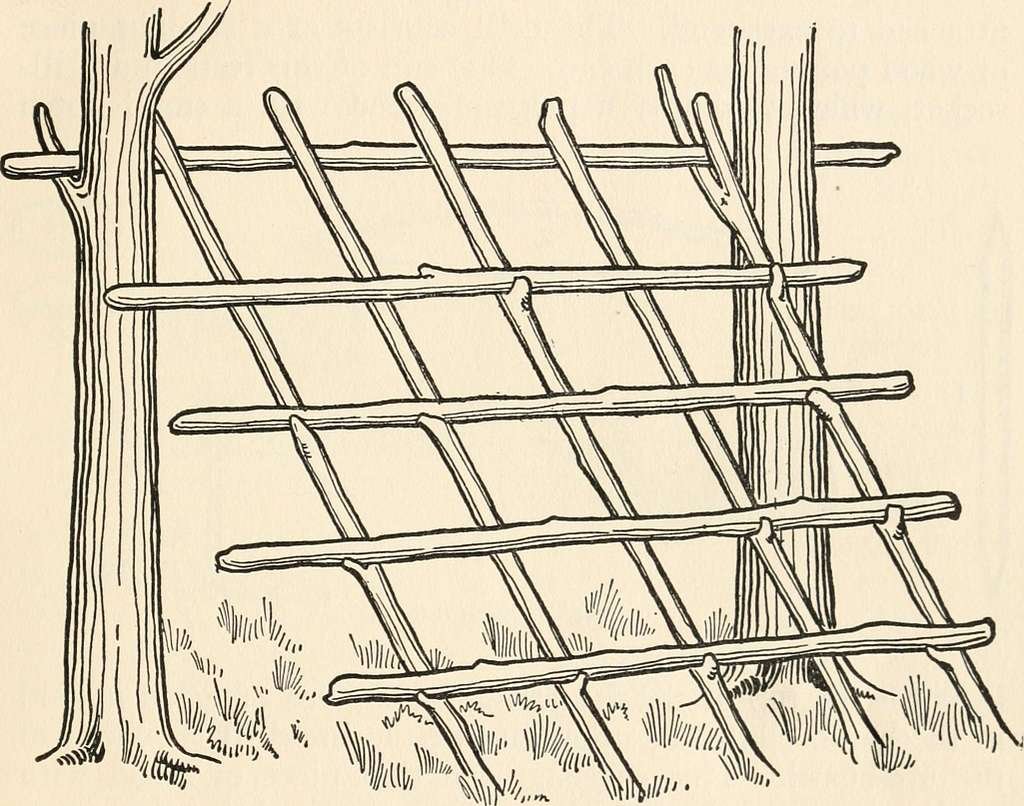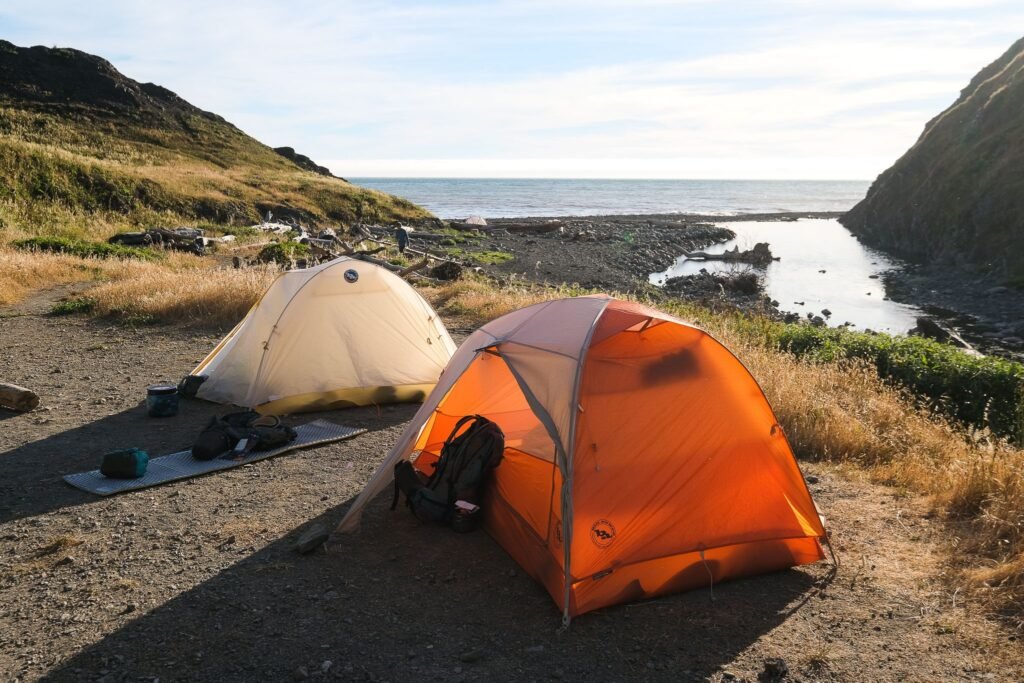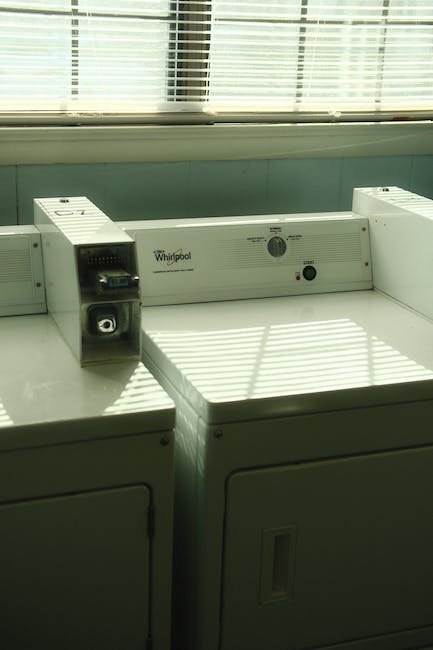Now Reading: Wilderness First Aid: Treating Common Injuries
-
01
Wilderness First Aid: Treating Common Injuries
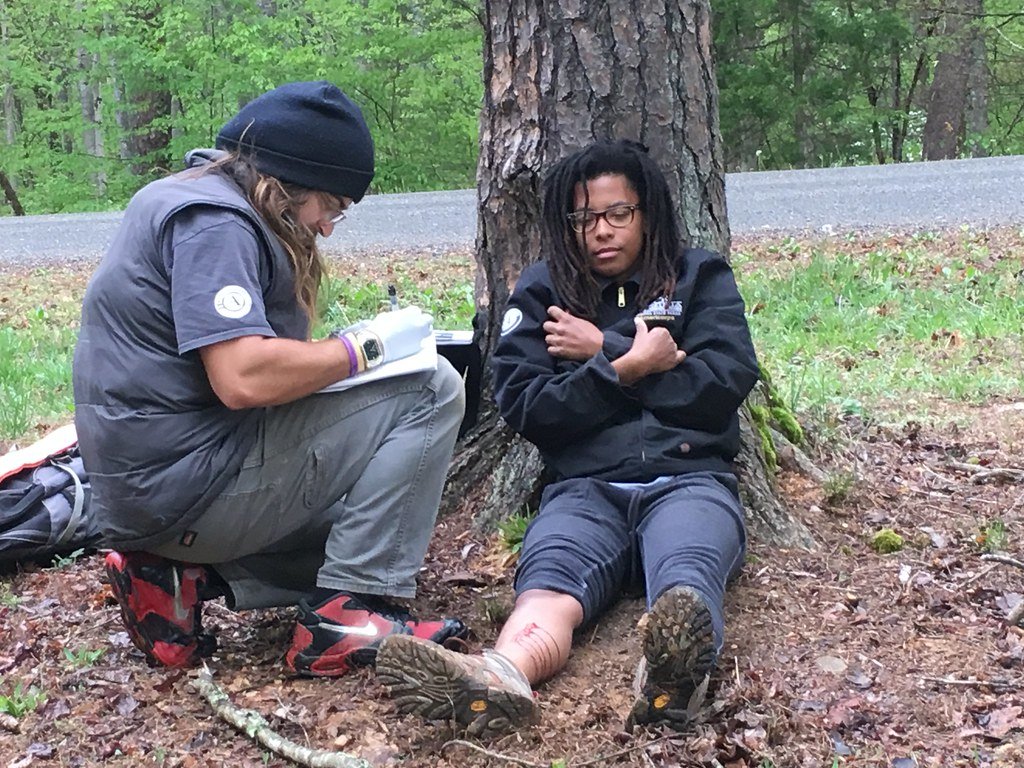
Wilderness First Aid: Treating Common Injuries
The distant echoes of nature’s symphony surround you as you venture into the untamed realm of the great outdoors. The crisp, fresh air invigorates your senses, awakening a primal connection to the earth. But amidst the breathtaking beauty and serenity, lies an undeniable reality – nature can be unforgiving. In this enchanting yet unpredictable realm, injuries can occur unexpectedly, leaving you vulnerable and uncertain. However, armed with the knowledge and techniques of wilderness first aid, you possess the power to navigate through these unfortunate circumstances. Join us as we delve into the realm of wilderness first aid, exploring the essential skills required to conquer common injuries and safeguard our adventures amidst the wilderness.
Table of Contents
- The Basics of Wilderness First Aid
- Recognizing and Treating Cuts and Scrapes in the Wilderness
- Managing Sprains and Strains in Remote Environments
- Addressing Heat-Related Illnesses when Help is Far Away
- Dealing with Insect Bites and Stings in the Great Outdoors
- Q&A
- In Conclusion

The Basics of Wilderness First Aid
When venturing into the great outdoors, it’s essential to be prepared for any unexpected medical emergencies that might arise. Wilderness first aid is a specialized skillset that focuses on providing immediate care in remote locations where professional medical assistance may be unavailable. Here are some fundamental concepts to keep in mind:
- Assess the situation: Before jumping into action, take a moment to evaluate the scene and ensure your own safety. Identify any potential hazards and make sure the area is secure.
- Treat life-threatening conditions first: When every second counts, prioritize immediate threats to life, such as severe bleeding, difficulty breathing, or unconsciousness. Apply pressure to stop bleeding, perform CPR if necessary, or create an open airway.
- Manage common wilderness injuries: While exploring rugged terrain, it’s common to encounter sprains, strains, burns, or insect bites. Carry a first aid kit that includes essentials like bandages, antiseptic wipes, and painkillers to address these minor injuries.
- Know your limits: Wilderness first aid is essential knowledge, but it’s crucial to recognize when a situation surpasses your capabilities. Don’t hesitate to call for professional help or evacuate the patient if necessary. Prioritizing their well-being is the top priority.
Remember, wilderness first aid skills can mean the difference between life and death in remote environments. By learning the basics and practicing preparedness, you’ll be equipped to take immediate action and provide crucial care when it matters most.
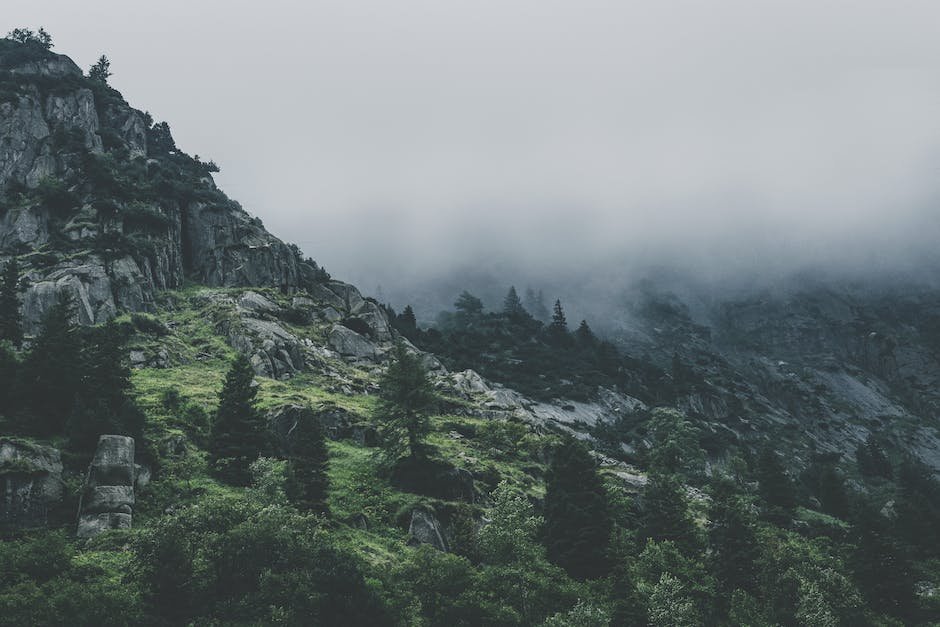
Recognizing and Treating Cuts and Scrapes in the Wilderness
When adventuring in the great outdoors, it’s essential to be prepared for the unexpected, including cuts and scrapes. In the wilderness, these minor injuries can quickly become more problematic if not recognized and treated promptly. Here are a few tips to help you handle cuts and scrapes in the wild:
Assess the Wound
First and foremost, carefully examine the cut or scrape to determine its severity. Look for any signs of excessive bleeding, debris or foreign objects embedded in the wound, or signs of infection such as redness, swelling, or pus. If the wound appears deep, long, or jagged, it may require medical attention.
Clean the Wound
Before treating the cut or scrape, it’s crucial to clean the area to minimize the risk of infection. Gently rinse the wound with clean water, avoiding the use of harsh chemicals or soap. Remove any visible dirt or debris with sterile tweezers, carefully pulling in the direction of the wound. Pat the area dry with a clean cloth or sterile gauze.
Apply First Aid
Once the wound is clean, apply an appropriate first aid treatment. If the injury is a minor scrape, you can cover it with a sterile adhesive bandage or dressing. For deeper cuts, use sterile strips or butterfly closures to hold the wound edges together, preventing further damage. Remember to change the dressing regularly and keep the area clean and dry to promote healing.
By recognizing and treating cuts and scrapes promptly in the wilderness, you can minimize the risk of complications and ensure a safe and enjoyable outdoor experience.

Managing Sprains and Strains in Remote Environments
In the vast wilderness where medical help is scarce, the ability to manage sprains and strains becomes an essential skill. These types of injuries are all too common in remote environments, where uneven terrain and unpredictable circumstances can easily lead to accidents. Whether you are embarking on a solo hiking adventure or leading an expedition in the remotest parts of the world, being equipped with the knowledge to handle sprains and strains is crucial.
When faced with such injuries, it is important to remember the acronym RICE, which stands for Rest, Ice, Compression, and Elevation. By following these simple steps, you can provide immediate relief and aid in the recovery process. Begin by having the injured person rest, as continuing to use the affected limb could worsen the injury. Then, promptly apply ice to the area to reduce pain and swelling. Wrapping the injury with a compression bandage helps stabilize it and further minimizes swelling. Lastly, elevating the injured limb above heart level assists in reducing fluid retention.
Moreover, it is essential to be prepared with a comprehensive first aid kit specifically designed for remote environments. This kit should include items such as bandages, adhesive tape, cold packs, elastic wraps, and a range of pain relievers. In addition to the RICE method, familiarize yourself with proper splinting techniques as well, as immobilization is often necessary in more severe cases. Remember that in remote environments, improvisation may be necessary, so an adaptable mindset and resourcefulness are invaluable traits.
By being well-prepared and informed, maintaining a calm demeanor, and employing the RICE method, you can effectively manage sprains and strains in even the most remote and challenging environments.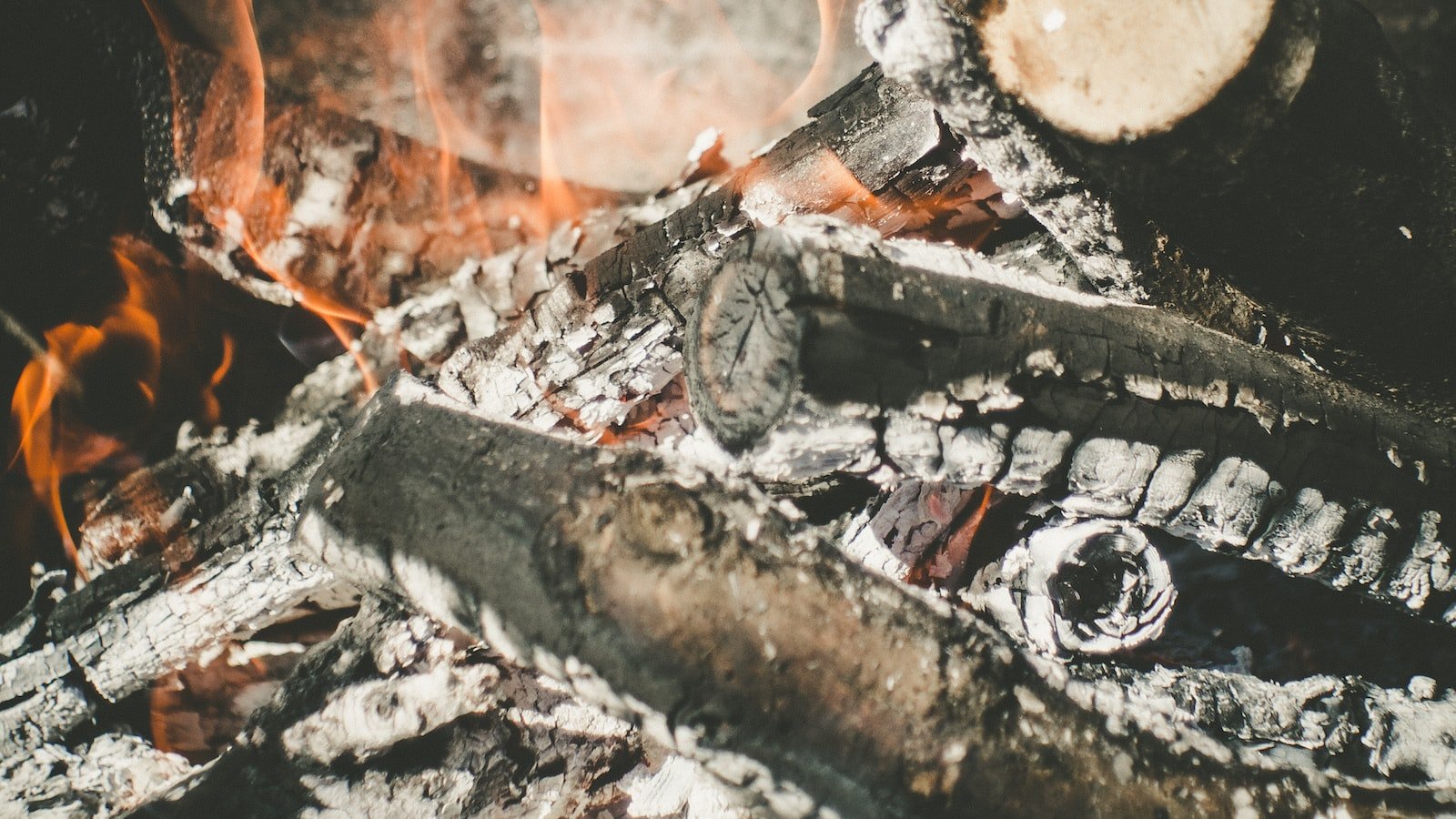
Addressing Heat-Related Illnesses when Help is Far Away
Exposure to extreme heat can lead to a range of health problems, from mild discomfort to life-threatening conditions. When you find yourself in a situation where medical help is not immediately accessible, it’s crucial to know how to address heat-related illnesses. Here’s a comprehensive guide to help you navigate through these situations and ensure the well-being of yourself and others:
- Stay hydrated: Hydration is key in preventing heat-related illnesses. Drink plenty of water, and if possible, consume electrolyte-rich drinks to replenish lost salts and minerals. Encourage others around you to do the same.
- Seek shade and cool down: Move to a shaded area and prioritize cooling down your body. If available, use cold towels, fans, or even a makeshift cooling station with ice packs. Remember to loosen tight clothing and remove unnecessary layers to allow better air circulation.
- Recognize symptoms: It’s essential to familiarize yourself with the signs of heat-related illnesses. Symptoms such as dizziness, confusion, nausea, headache, rapid heartbeat, or cessation of sweating should not be ignored. If you or someone around you experiences any of these symptoms, take it seriously and take immediate action.
Dealing with Insect Bites and Stings in the Great Outdoors
When enjoying the great outdoors, it’s almost inevitable to encounter insects and their painful bites or stings. Don’t let these pesky creatures ruin your outdoor adventure! Here are some tips to help you deal with insect bites and stings and keep the fun going:
- Prevention is key: Wearing long-sleeved shirts, pants, and closed-toe shoes can act as a barrier, limiting the exposure of your skin to insects. Applying insect repellent with at least 20% DEET or using natural alternatives like citronella can also help to deter the pests.
- Treat the sting: If you get stung by a bee or wasp, remove the stinger as soon as possible to prevent further venom injection, but be careful not to squeeze or press it, as this may release more venom. Apply a cold compress or ice pack wrapped in a cloth to reduce swelling and alleviate pain.
- Soothe the itch: When dealing with mosquito bites or other itchy insect bites, resist the urge to scratch as it can lead to infections. Instead, apply a paste made of baking soda and water or calamine lotion to relieve itchiness. Over-the-counter hydrocortisone cream can also provide much-needed relief.
Remember, prevention is always better than cure when it comes to insect bites and stings. However, if symptoms worsen, or you experience severe allergic reactions like difficulty breathing or swelling, seek immediate medical attention. Armed with these tips, you’ll be well-prepared to tackle those outdoor pests and enjoy nature to the fullest!
Q&A
What is wilderness first aid?
Wilderness first aid is a specialized form of medical care that focuses on treating common injuries and illnesses that may occur in remote or outdoor settings, far from immediate medical attention.
Why is wilderness first aid important?
Wilderness first aid is crucial because when medical help is far away, individuals must be prepared to provide immediate care for injuries and illnesses. Knowing how to stabilize, treat, and manage these common emergencies can mean the difference between life and death in the wilderness.
What are some common injuries that can occur in the wilderness?
Common injuries in the wilderness include wounds, fractures, burns, sprains, and strains. Animal bites and stings, hypothermia, heat exhaustion, and dehydration are also frequent occurrences.
How can you treat a deep wound in the wilderness?
To treat a deep wound, start by applying direct pressure on the wound using a clean cloth or bandage. Once bleeding is under control, clean the wound with clean water or antiseptic wipes, apply an antibiotic ointment, and cover it with a sterile dressing.
What should be done in case of a fracture in the wilderness?
In case of a fracture, it is important to immobilize the affected limb as much as possible using a splint or makeshift materials, such as sticks or rolled-up clothing. Support the injured area, apply cold packs if available, and seek professional medical help as soon as possible.
How can you effectively treat a burn in a remote area?
For a burn, immediately cool the area with cold running water for at least 10-20 minutes. Cover the burn with a sterile non-stick dressing, taking care not to use adhesive directly on the wound. If the burn is severe, has affected a large area, or involves the face or respiratory system, promptly seek professional medical attention.
What measures can be taken to prevent hypothermia while in the wilderness?
To prevent hypothermia, dress in layers and ensure your clothing remains dry. Use appropriate insulation, like a sleeping pad, to minimize contact with the cold ground. Stay hydrated, eat well, avoid exhaustion, and seek shelter from harsh weather conditions.
How should you manage dehydration in the wilderness?
To manage dehydration, drink plenty of water regularly and before feelings of thirst arise. Consume electrolyte-rich fluids to replenish lost minerals. If symptoms of severe dehydration occur, such as confusion or dizziness, seek professional medical help urgently.
What are some important supplies to include in a wilderness first aid kit?
A wilderness first aid kit should include adhesive bandages, bandage rolls, sterile dressings, antiseptic wipes, tweezers, scissors, triangular bandages, adhesive tape, splints, a thermometer, a first-aid manual, pain relievers, allergy medication, and any specific prescription or personal medications.
Is wilderness first aid training necessary?
Although not mandatory, wilderness first aid training is highly recommended for anyone venturing into remote areas. Training equips individuals with the necessary knowledge and skills to respond effectively to common injuries and emergencies in the wilderness, increasing their chances of survival and successful treatment.
In Conclusion
As we reach the end of this journey through the world of wilderness first aid, we hope you’ve gained valuable insights on treating common injuries. From the rugged mountains to the dense forests, nature’s unpredictable twists and turns can present us with unexpected challenges. But armed with the knowledge you’ve acquired, you’ll be better prepared for whatever nature throws your way.
Remember, in the untamed wilderness, knowledge truly is power. Every blister, every sprain, every unexpected scrape can now be approached with confidence, knowing that you have the tools to alleviate suffering and aid in recovery. Whether you find yourself deep in the wilderness or simply exploring your own backyard, the principles of first aid remain the same.
As you head out into nature’s playground, do not forget the importance of preparedness. Carry a well-stocked first aid kit, and familiarize yourself with its contents. Take a moment before each adventure to review the basics and refresh your memory. After all, it’s better to be safe than sorry when venturing into the unknown.
But wilderness first aid goes beyond just treating injuries—it cultivates a sense of responsibility towards both ourselves and the environment. As we navigate the vast landscapes, let us remember to leave no trace, respecting the delicate balance of our surroundings. By doing so, we not only protect our wild spaces but also ensure a safe haven for future explorers.
In closing, we invite you to keep on learning, keep on exploring, and share your newfound knowledge with others. Become an advocate for safety in the wilderness, using your voice to foster responsible practices and promote the importance of first aid education.
With every step you take, Every scrape you bandage, and every splint you construct, you contribute to a community that values the protection and care of both people and planet.
May your future adventures be filled with awe-inspiring landscapes, challenging trails, and the peace of mind knowing that you hold the key to wilderness first aid. Stay safe, stay prepared, and let us continue to embrace the beauty and excitement of the great outdoors, armed with the knowledge to protect, heal, and thrive.
As an affiliate, my content may feature links to products I personally use and recommend. By taking action, like subscribing or making a purchase, you’ll be supporting my work and fueling my taco cravings at the same time. Win-win, right?
Want to read more? Check out our Affiliate Disclosure page.

